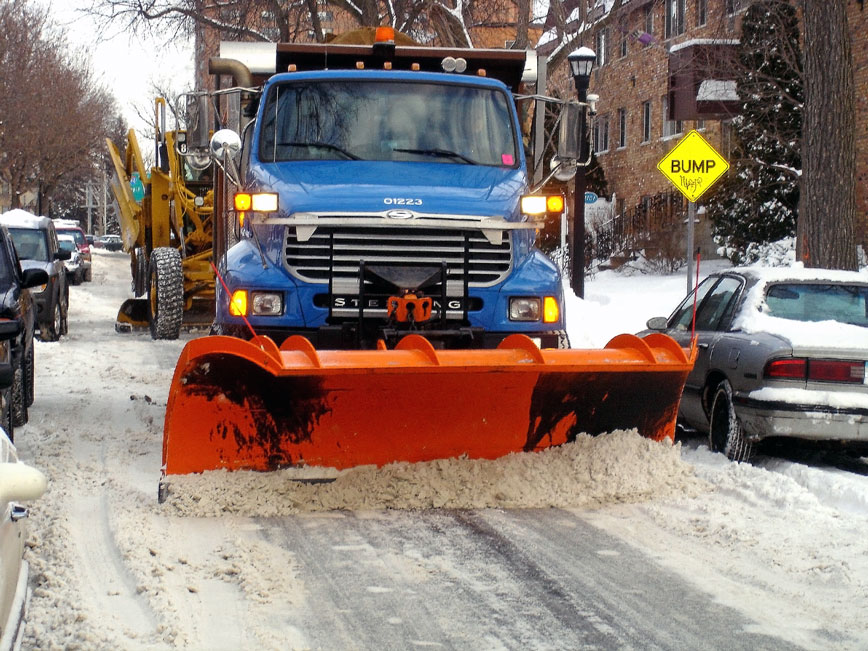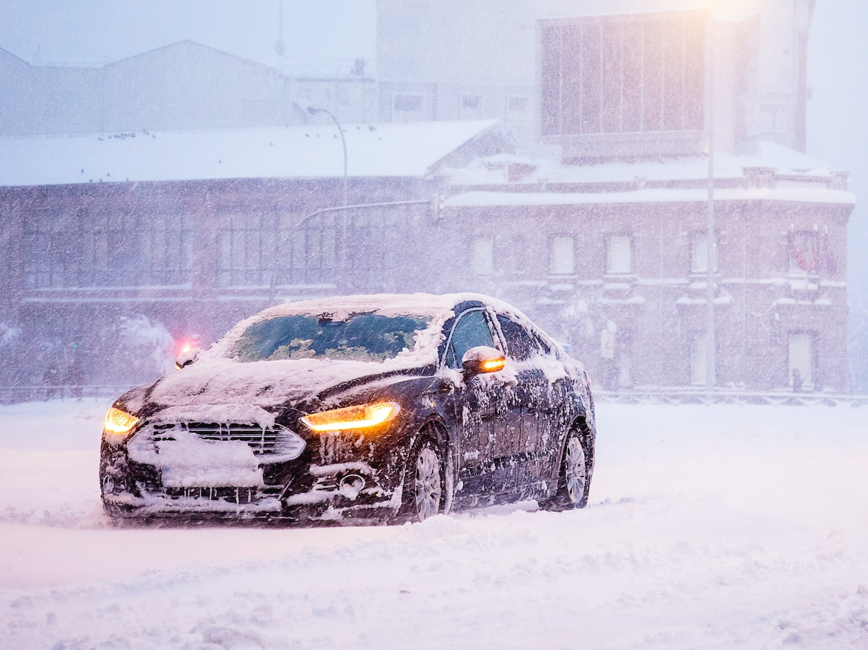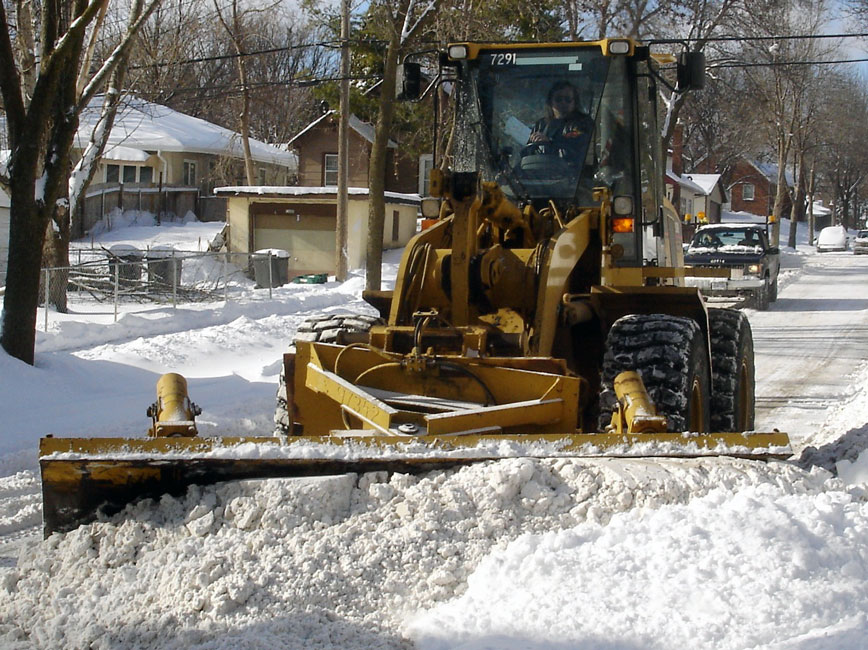Responding to winter weather

Whenever there’s winter weather, from freezing drizzle to a large snowstorm, City crews provide snow and ice control. When snowfall is heavy, we may declare a snow emergency so we can clear the streets, including parking lanes, as wide as possible.
Public Works has an average annual budget of $13 million for snow and ice control. We use much of this budget even if a winter has snowfall that's below average. The budget supports the cost of staff, equipment and materials to stay prepared for all winter weather events.



-tile.jpg)
